Each week, Roads & Kingdoms and Slate publish a new dispatch from around the globe. For more foreign correspondence mixed with food, war, travel, and photography, visit its online magazine or follow @roadskingdoms on Twitter.
Stella Hanan’s home in the middle of suburban Harare is a Mediterranean island in landlocked Zimbabwe. The walls are adorned with her own brightly allegorical paintings on mystical themes reflecting Southern Africa, where she grew up; Spain, where her ancestors come from; and her Jewish identity, which forced her family to journey across continents in search of peace and stability.
On a cool, damp Friday in June, I joined Hanan at her home as she prepared a traditional Sephardic Shabbat dinner. As a child, she told me, she would ask her mother how the challah dough should feel when it’s ready to shape. Her mother would offer a typically idiosyncratic answer: “Like the texture of the lobe of your ear.” “I would ask, what do you mean?” Hanan recalls. “And she’d say, ‘Like that of your underarm,’ and I’d ask her, ‘When you’re young or when you’re old?’ “
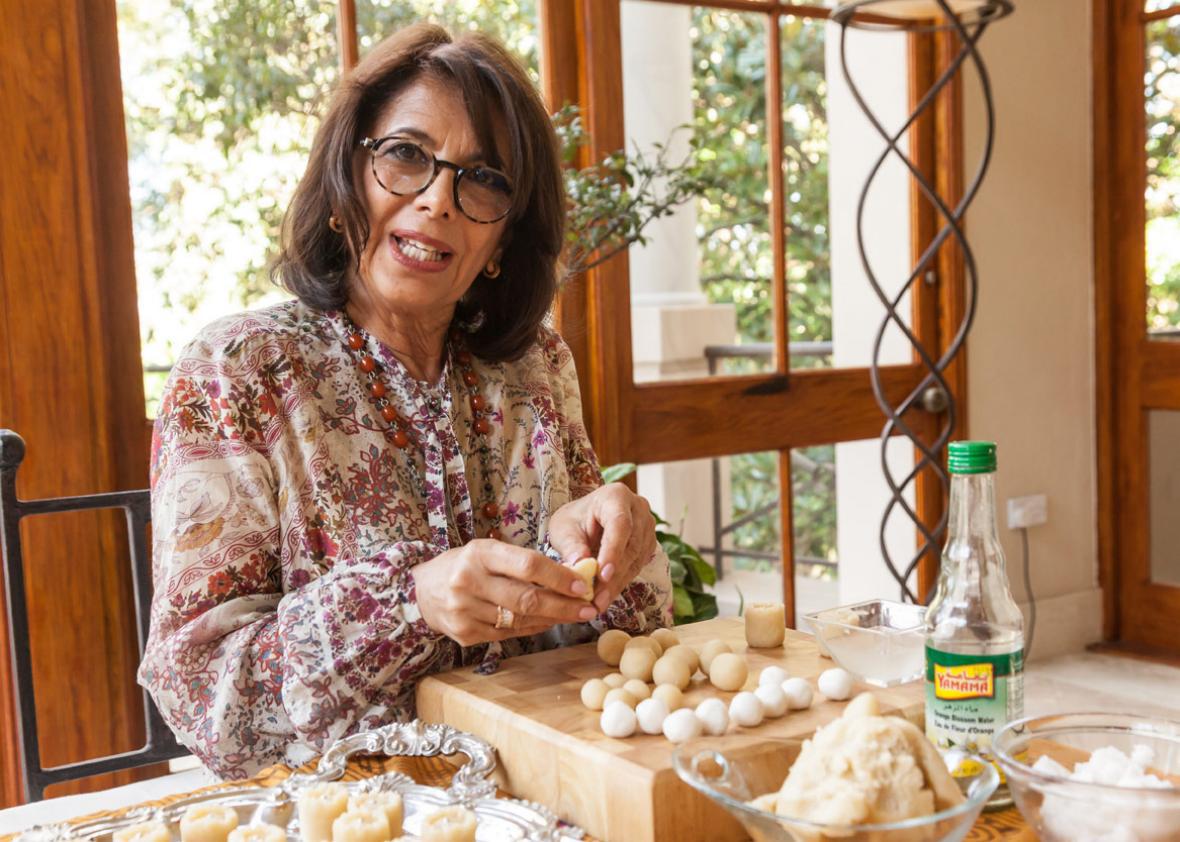
Andrew Harris
Hanan was born in Salisbury, Rhodesia, (now Harare, Zimbabwe) to Sephardic Jewish parents with roots in coastal Turkey and Greece. Married in Elisabethville (now Lubumbashi in the Democratic Republic of Congo) in 1947, Hanan’s parents returned to Rhodesia and quickly became an integral part of a Sephardic Jewish community that, at its peak prior to the intensification of the Zimbabwean War of Independence in the 1970s, numbered more than 1,000 people.
Hanan is now one of about 40 or so Jews remaining in the city. She is also one of only a few able to converse in Ladino, a richly expressive language rooted in 15th-century Spanish, with a polyglot peppering of Hebrew, Greek, Arabic, Turkish, and other tongues, that is intelligible to speakers of modern Spanish.
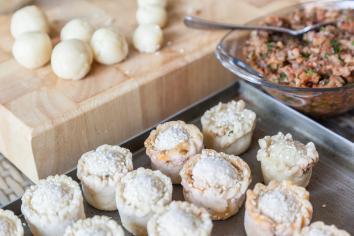
Andrew Harris
Expelled from Spain in 1492 during the Inquisition, Sephardic Jews came to establish communities throughout what later became the Ottoman Empire, including in Turkey, Bulgaria, the Balkans, and Greece, where a small group settled on the island of Rhodes. Over the centuries, the Jews of Rhodes, known as Rhodeslis, developed a unique set of customs and traditions. Starting in the early 20th century, after the Turkish-Italian War, the islands of the Dodecanese, including Rhodes, were occupied by Mussolini. In 1938, when the Italian fascist government enacted anti-Jewish laws, more than half of the 4,000 Rhodeslis on the island fled. Stella’s father, Sam Hanan, had already left two years earlier to escape a dire economic situation, sailing alone on borrowed money to seek his fortune in Africa.
After its surrender to the Allied forces in 1943, Italy ceded control of the islands to the Germans. On July 23, 1944, the remaining 1,673 Jews of Rhodes were deported to Auschwitz. Only 151 survived the death camps; Sam’s parents and siblings were not among them. He had been in the process of arranging for his extended family to join him in Rhodesia when war broke out. Nearly 90 percent of Greece’s Jewish community was murdered in the Holocaust.
In an etymological quirk of history, many of the Rhodeslis who had escaped followed family connections to what was then Rhodesia (named not for the Greek island but for the British imperialist Cecil Rhodes), as Sephardic Jews had previously established trading networks across Africa, and in particular Central Africa. Other Ladino-speaking Sephardim from Marmaris (a small coastal town in southeast Turkey), including Hanan’s mother’s family, moved initially to the Belgian Congo. When the Congo attained a bloody independence in 1960, many Congolese Rhodeslis sought refuge with their kin in Rhodesia.
The Sephardim in Rhodesia quickly established themselves as indispensible to their new homeland’s commercial and cultural fabric. Two of the best-known shopping malls in contemporary Harare were founded by Sephardic Jews in the community’s heyday: Sam Levy’s Village and Avondale Shopping Centre, which was founded by Hanan’s father, Sam. Some of the only surviving textile mills and factories in modern Zimbabwe, employing thousands in a country with few opportunities for formal employment, were built by the Sephardim. The last major Sephardic population shift began in the 1970s, as many Rhodesians fled home during the increasingly violent Zimbabwean War of Independence. Most of them ended up in Cape Town, South Africa, where they established a Rhodesli synagogue. Others migrated to Australia, Belgium, the U.S., and the U.K.
Ladino is a dying language among global Sephardic Jewry everywhere. In Harare, Hanan tells me, meaningful conversation in Ladino is rare. So the food and the flavors of Ladino have become Hanan’s primary medium for transmitting and preserving her family’s history and telling her people’s story.
* * *
Hanan published her cookbook Stella’s Sephardic Table in 2012 after a decade spent compiling recipes. The project began as a resource to allow her children, away at college in the U.S., to reproduce her family’s recipes. Over time, it became a repository for her community’s language and culture, translated through its cuisine.

Andrew Harris
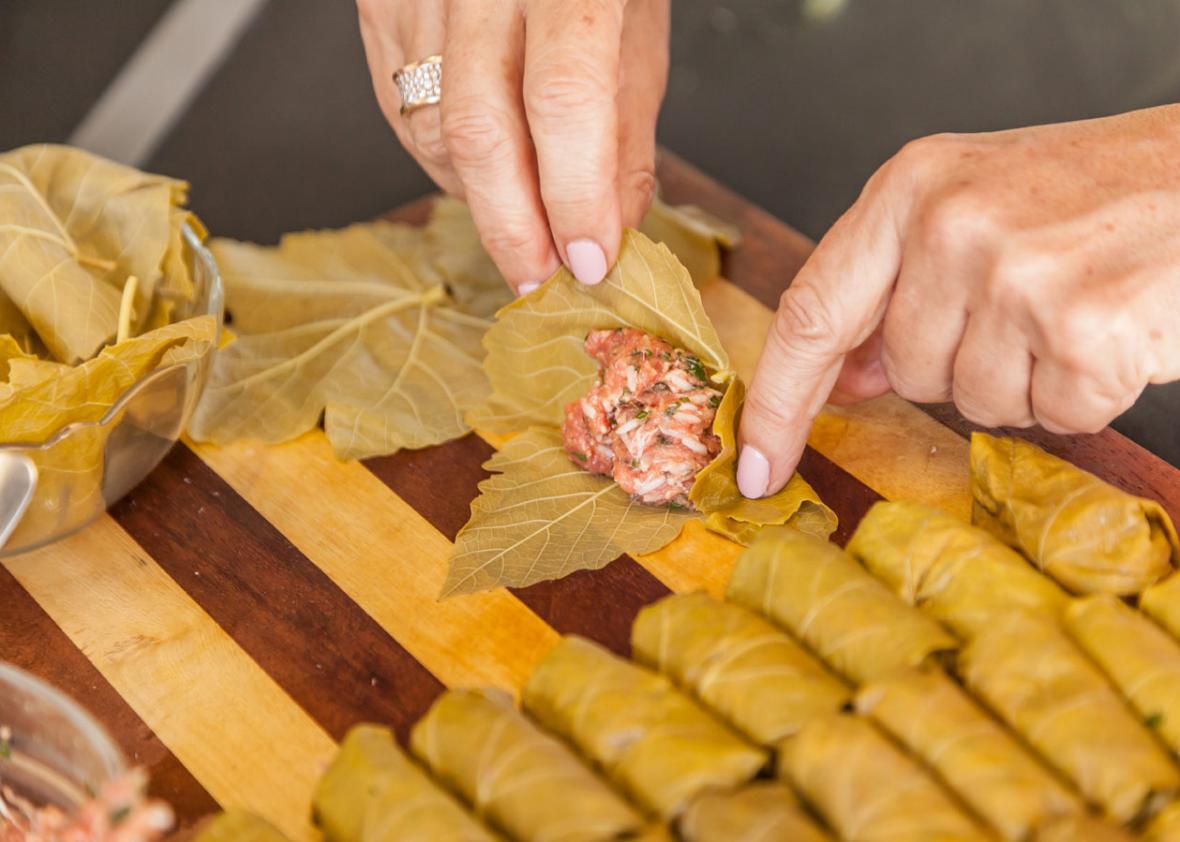
Andrew Harris
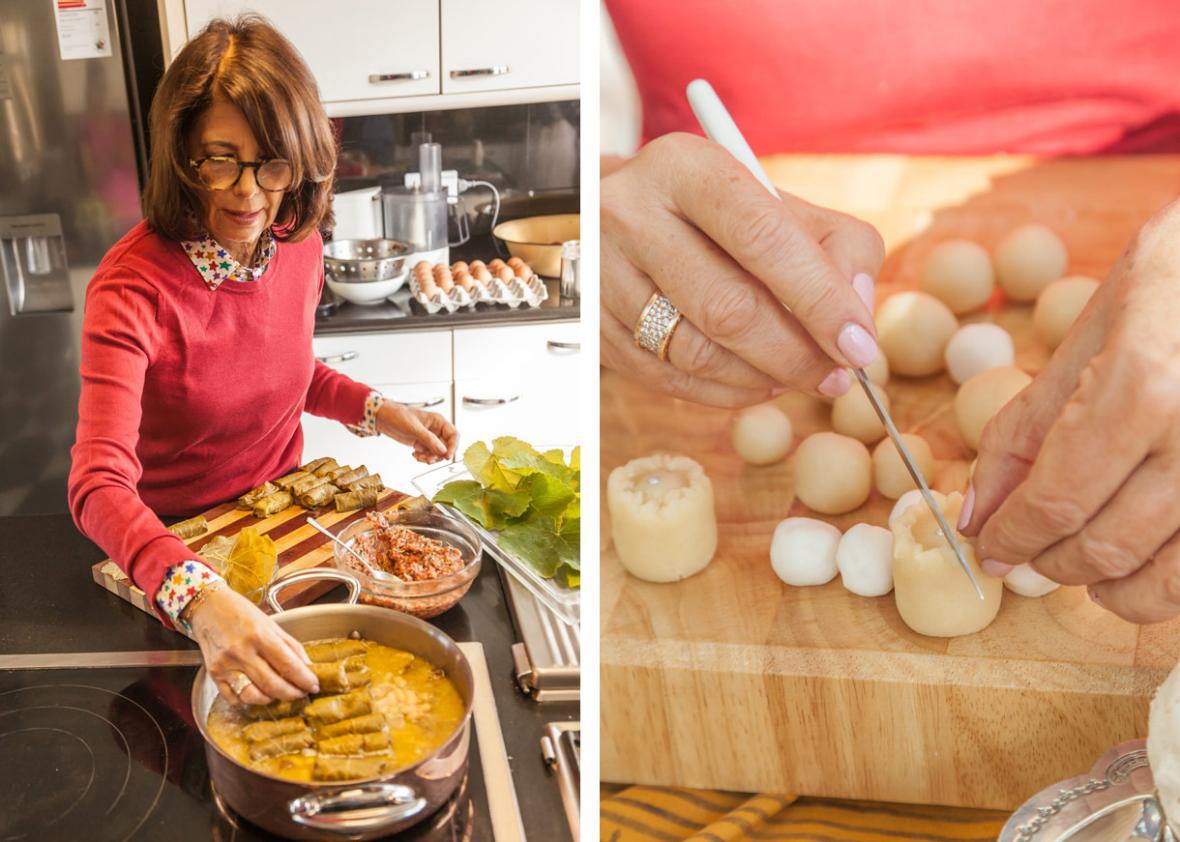
Andrew Harris
While I was in Harare, Hanan invited me for both an ordinary Thursday night dinner and a Friday night Shabbat feast. On Thursday, she prepared stewed tomatoes and onions, stuffed with ground beef and served on a bed of chopped vegetables (tomat i sevoya reynadas), accompanied by a chickpea rice pilaf (arroz kon garvansos). For Shabbat dinner, she made a spread of dishes that reflected her community’s history of migration. We ate grape leaves stuffed with meat and rice and stewed with beans (yaprakes de oja de parra kon arros), okra stewed with fresh tomatoes (bamia kon tomat), pine nut–studded pilaf (arroz di boda), and a salad of eggplant, bell pepper, and tomato (salata de berendjena frita kon piminton I tomat), all dishes straight out of the Eastern Mediterranean. We ate dainty pies filled with meat and rice (pastelikos de karne) and roasted beetroot with a garlic and potato dip (ajada). For dessert, Hanan served crescent-shaped biscuits filled with chopped almonds and drenched in honey. There were chewy mastic meringues (travados) topped with tropical fruit, a fragrant pudding of rice flour and milk (sutlach), little gems of marzipan, and, the evening’s sweet culmination, pastel reale–masapan kon sharope: royal pastel–marzipan filled with lemon fondant.
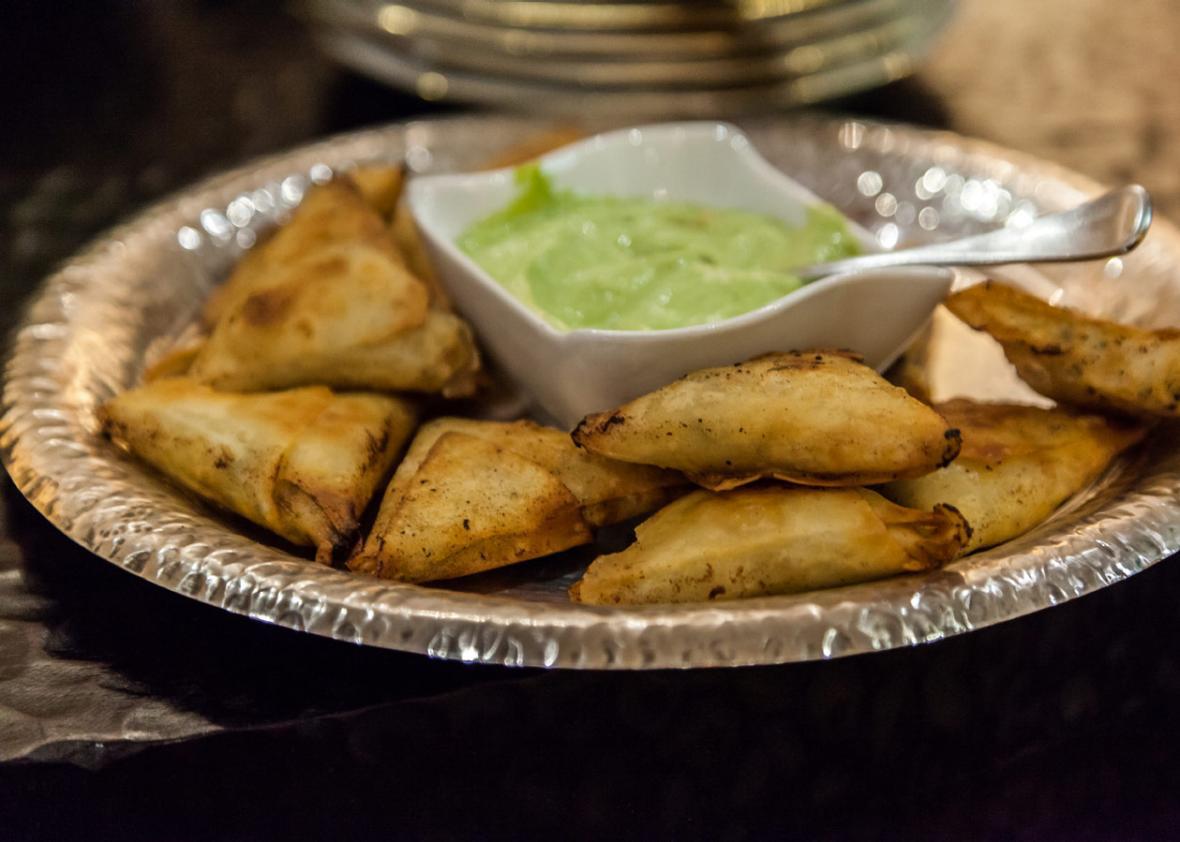
Andrew Harris
In the Sephardic cultural expression, regional influences blend until they cannot be pulled apart. The Rhodeslis’ language contains elements of Hebrew with a strongly Turkish vocabulary. The same can be said of their food. In Rhodesli cooking, Greek culinary influence is restructured according to Kosher dietary restrictions (yogurt and lamb both feature, but never together in one dish). The Italian occupation of Rhodes left its mark in dishes like macaroni bakes. Gallic influence, brought in through the Sephardic community’s long-standing preference for French-language schools and the years many Rhodeslis spent in Belgian-occupied Congo, yielded a predilection for gratins, fritters, and croquettes. Rhodesli language and cuisine are the products of many dislocations, but the roots of both are undeniably Spanish, tied, 525 years later, to that first great loss of homeland.
In 2015, Spain enacted laws allowing descendants of Jews expelled during the inquisition to apply for Spanish citizenship. More recently, those laws have been expanded with provisions that allow applicants to maintain dual citizenship and to get their passports without residing in Spain for a full year, as the law had previously mandated. About 5,000 Sephardim have taken up the offer. These new laws are, in effect, reparations for the dispossession of the past.
One morning during my time in Harare, Hanan and I met the Spanish ambassador to Zimbabwe, Alicia Moral, in her office at the embassy. “What happened in Spain in the 15th century,” she said, leaning forward and gesticulating animatedly, “it was really a mistake the Catholic kings made. There were a lot of factors, but the reality is that 200,000 people were expelled from Spain. They were Spanish, together with the Christians and the Muslims, living together in Toledo and Granada and Sevilla. It was a big mistake.”
When the inquisition was formally abolished in the 19th century, some Jews returned to Spain from North Africa, South America, and Europe. Many more arrived in the 20th century. They were volunteers fighting Franco in the Spanish Civil War, they were refugees after the Holocaust (largely Ashkenazi Jews in this case), and some were seeking a better life following the collapse of once-promising economies South America. Yet, the Iberian community is unlikely to ever reach the prominence it had during the Golden Age of Jewish Spain. Sephardic culture, for the most part, survives in unlikely outposts like Hanan’s home in Harare.
Moral had her first encounter with Sephardic culture in 2006, at her previous posting as ambassador to Bulgaria. One evening at the embassy, a Spanish opera singer, Luis Llaneza, gave a recital for an audience of diplomats and locals. Among the works performed were a set of 15th-century Castilian songs.
While Llaneza sang, two old Jewish ladies in the audience joined in. Moral was dumbstruck. Following the performance, she was further shocked to find the three of them—the Spanish singer and the two Bulgarian women—chatting happily in a shared language that she could largely make out but didn’t recognize as Spanish.
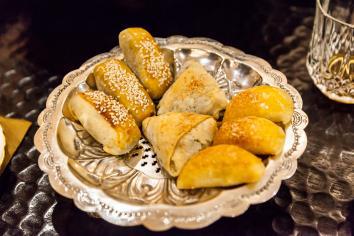
Andrew Harris
“When we went out, I went to talk to them, and they were speaking Ladino. I said, ‘I don’t speak Bulgarian.’ “ The ladies told Moral—in Ladino, which she was able to understand—that they had known these songs since they were children. “It was incredible,” she says.
Upon her arrival in Harare in late 2015, Moral was briefed by the embassy about the local Sephardic community and, remembering that night in Sofia, took a particular interest in learning more about them. Soon after, she met Stella.
“When Alicia came to my home for the first time,” Hanan says, “she had a bite of what we call masapan, which is marzipan that used to be made in the convents of Toledo by the nuns. Our foremothers learned that skill from them over 500 years ago, and we are perpetuating this merely through oral tradition.”
Moral continues. “When I went to Stella’s house, I said to her, I cannot believe this! You make an orange sponge cake, pan de Espanya, with agua de acus, orange blossom water.”
“Just like our ancestors made in Spain,” Hanan adds.
Not long after the sponge cake, Moral and Hanan organized an evening of Sephardic food and culture at the Spanish ambassador’s residence in Harare. Ambassadors from other countries with Sephardic communities were invited, including the U.K., Algeria, Egypt, the U.S., the Netherlands, Portugal, Turkey, Italy, Greece, Austria, and Germany. The Zimbabwean government sent representation from the foreign ministry. Llaneza, the opera singer who had performed in Sofia, came to perform. That turned out to be the first of several such events, including another held at the Turkish ambassador’s residence.
“I expressed my hope that the recent gesture from the government of Spain to offer citizenship to the descendants of those expelled would help appease our aching nostalgia, our sense of exile,” Hanan recalls. “That night served as a link to our beloved homeland—Spain.”
* * *
As part of Shabbat dinner preparations, Hanan shows me how to make masapan. As she rolled out the dough, she explained that, for the Jews of the Iberian Peninsula, all feasts of happiness, or fiestas alegria, including births, marriages, and bar mitzvahs, were marked with masapan. Although the ingredients are simple—just ground almonds and sugar—the technique of heating and stirring the mixture is labor intensive and exacting. It requires two pairs of hands, one to keep the molten mixture moving, and the other to pour the thick paste. Once it’s reached the right consistency, Hanan explains, you add orange blossom water, and then remove it from the heat and shape it. When Hanan was a child, she tells me, this was communal work, done together by the older women of the community.
Many Sephardic delicacies are similarly laborious. The masapan kon sharope that we ate that night involves wrapping the same masapan around a lemon fondant center to form the shape of a crown, white to symbolize purity. Traditionally, Rhodeslis would present the same lemon fondant in a silver spoon called a kochara along with a glass of water as a sweet welcome for guests. These days, Hanan tells me as I sample my first pastel reale, it is a rare delicacy.
For Hanan, every meal is dedicated to the memory of her father’s murdered family. “I feel akin to the family that perished. I feel that what we’ve been through, our migration, our journey, it speaks volumes,” Hanan says. “The minute one of my books enters a home, it’s one foot in the door. Do you know about the Sephardim? Do you know who we are? Have you tasted our food? Just that feels that I’ve contributed to perpetuating their memory.”
In July, Stella presented her book at Casa Sefarad, a center for Sephardic culture and studies in Madrid.
“Me going now, to talk,” Hanan said when we met in Harare, a month before traveling to her ancestral homeland, “is going full circle.”
She continued: “I will have done the journey of my ancestors. It’s like they’re welcoming me back, and now I can rest.”
